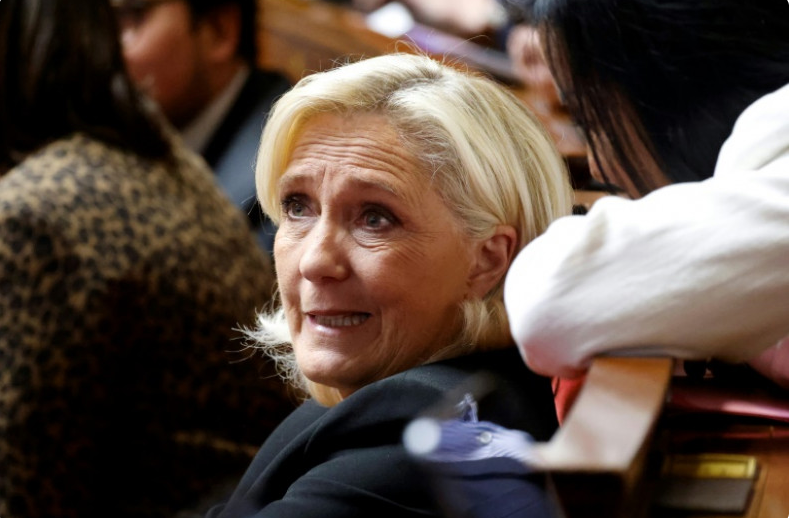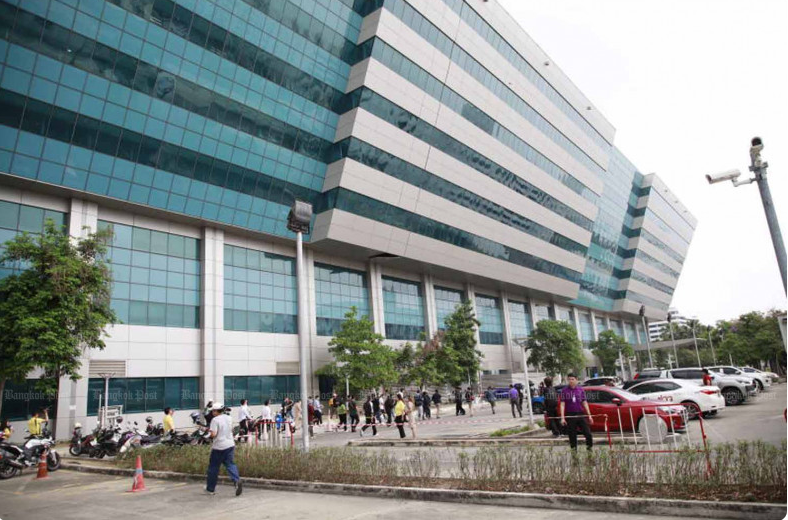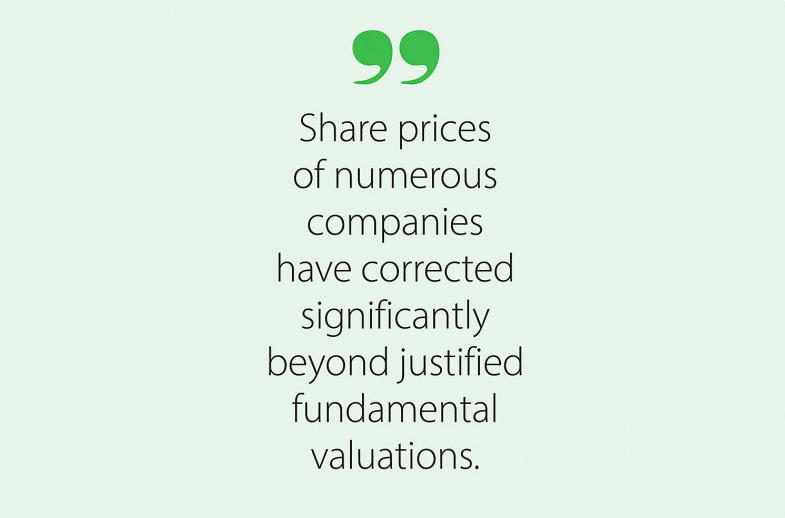Finally, oversold bounce and sector rotation.
After hitting a recent low of 1,157 points on March 13, the Thai stock market has bounced back sharply. Buying in oversold conditions, stretching below even Covid-era lows, drove the SET index back towards the vital 1,200-point threshold.
Given deeply discounted valuations and strengthening signals from commodity markets, especially for refining margins and petrochemical spreads, petrochemicals prevailed as the rotation leader. Banks also rallied, buoyed by optimism over former prime minister Thaksin Shinawatra’s plan for asset managers to buy up soured household loans.
Yet the power generation sector remained under brush in the winds of political change, even as it stirred the embers created by Thaksin, who again called on the government to push power tariffs down to 2.50 baht a unit, or 40% lower than the existing rate of 4.15 baht. But market scepticism regarding the potential of such a radical cut reined in the impact, with energy analysts saying 3.70 baht is as low as rates can get for now.
This comes as speculation mounted ahead of the expected halt in trading for GULF and INTUCH shares (due March 21 to April 2), following which the merged GULF NewCo entity is expected to trade from April 3.
The Stock Exchange of Thailand is likely to remain volatile in the short term next week due to rebalancing of asset classes after the US Federal Reserve decided to keep its key interest rate unchanged on Wednesday, which was already widely expected. Yet the overall trend is hinted to be upward, but interspersed with profit-taking pressure from time to time.
Investors are having to start thinking mark-to-market and calibrating their focus back to the fundamentals of individual stocks as overall index price movements have seen share prices of a plethora of companies correct well into areas that are overly unwarranted versus fundamental valuation metrics.
For example, BGRIM, SCGP, CPALL, AAV, BDMS, PLANB, SCC, BCP, MONO and STECON are not pricing in higher oil prices, and are obviously undervalued since they sold too much down. Contrarian investors and long-term accumulators have started taking positions in these securities, far indicating a recovery in the weeks ahead.
SELLING PRESSURE EASING
A factor forecast to lend support to the market was lower selling pressure after initial reactions to the new tax-saving Thai ESGX fund introduced. If the early response was muted, especially due to worries that transferring from existing LTFs would tie up whole long-term equity fund (LTF) holdings, we expect selling pressure to ease next week.
Moreover, investors could look for short-covering activity and renewed buying interest in deeply discounted sectors — most notably in energy, power plants, refineries, petrochemical and packaging companies — alongside continuous strength in banking stocks that deliver stable dividends and solid fundamentals.
Another supportive factor is there is a recent trend of analyst upgrades from international brokerage houses, namely on deeply oversold stocks with attractive valuations. That’s coinciding with a resurgence in net foreign buying activity that ended a three-week outflow streak and could liven up sentiment more.
EXTERNAL RISKS
Yet one major risk continues as an external risk. Key economic indicators from the US — notably fourth-quarter GDP and core personal consumption expenditures inflation data — will give important signals about the Fed’s future policy path with possible ramifications on global investor sentiment. Any downside surprises on GDP or renewed upward pressure on inflation will likely generate volatility across global markets, with some necessary extra-territorial effects running through the UK economy.
Geopolitical uncertainties continue to cast a shadow over global sentiment, especially with proxy conflicts between Ukraine and Russia being played out on various fronts without much success through the recent perceived diplomatic attempts. Tensions in the Middle East have also ratcheted up, further complicating the landscape.
Global trade tensions continue to pose a major risk, especially as U.S. President Donald Trump plans to unveil significant reciprocal tariff decisions on key trading partners by April 2. Investors should keep a close eye on developments, given that any escalation could add to the volatility.










